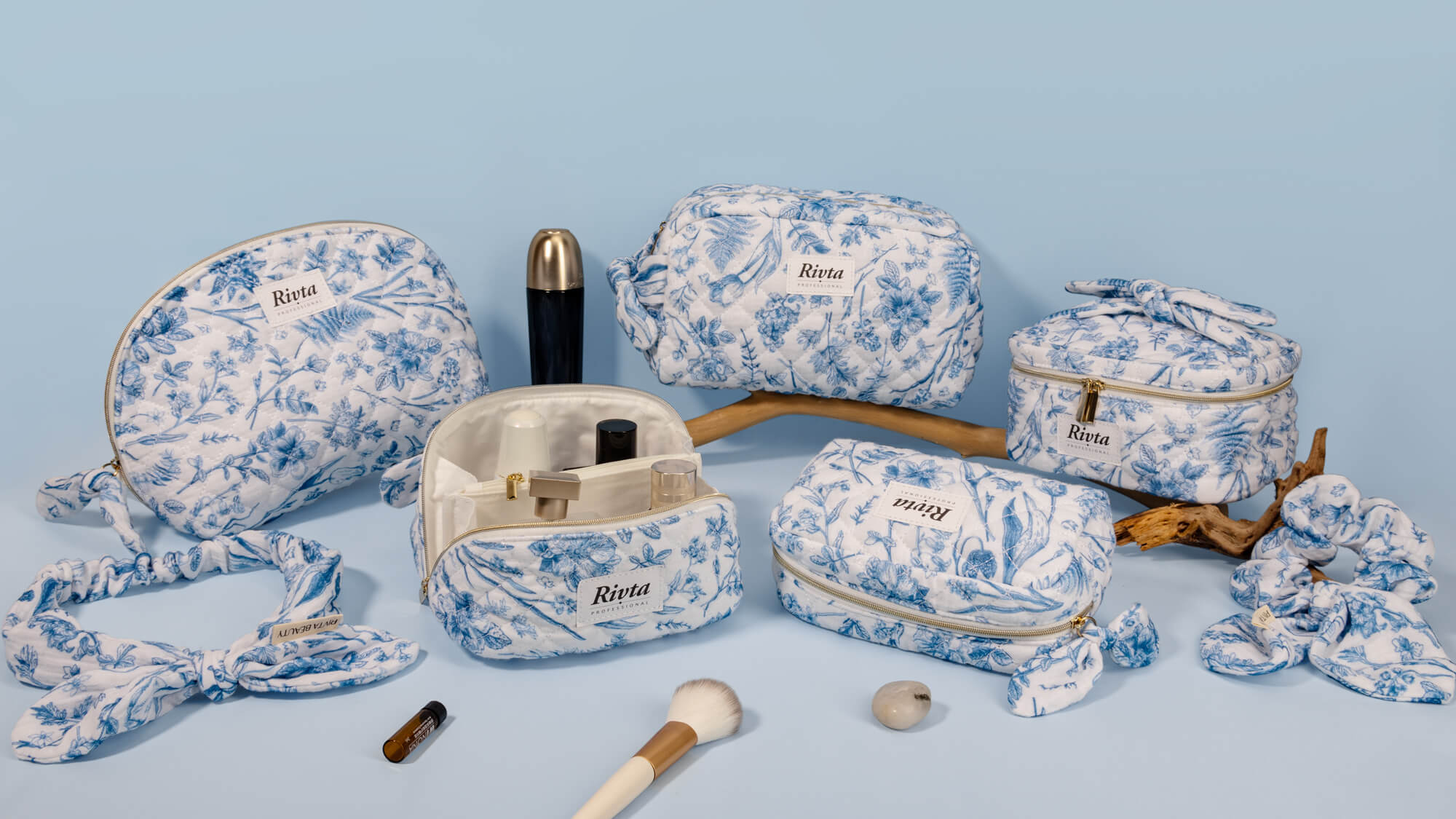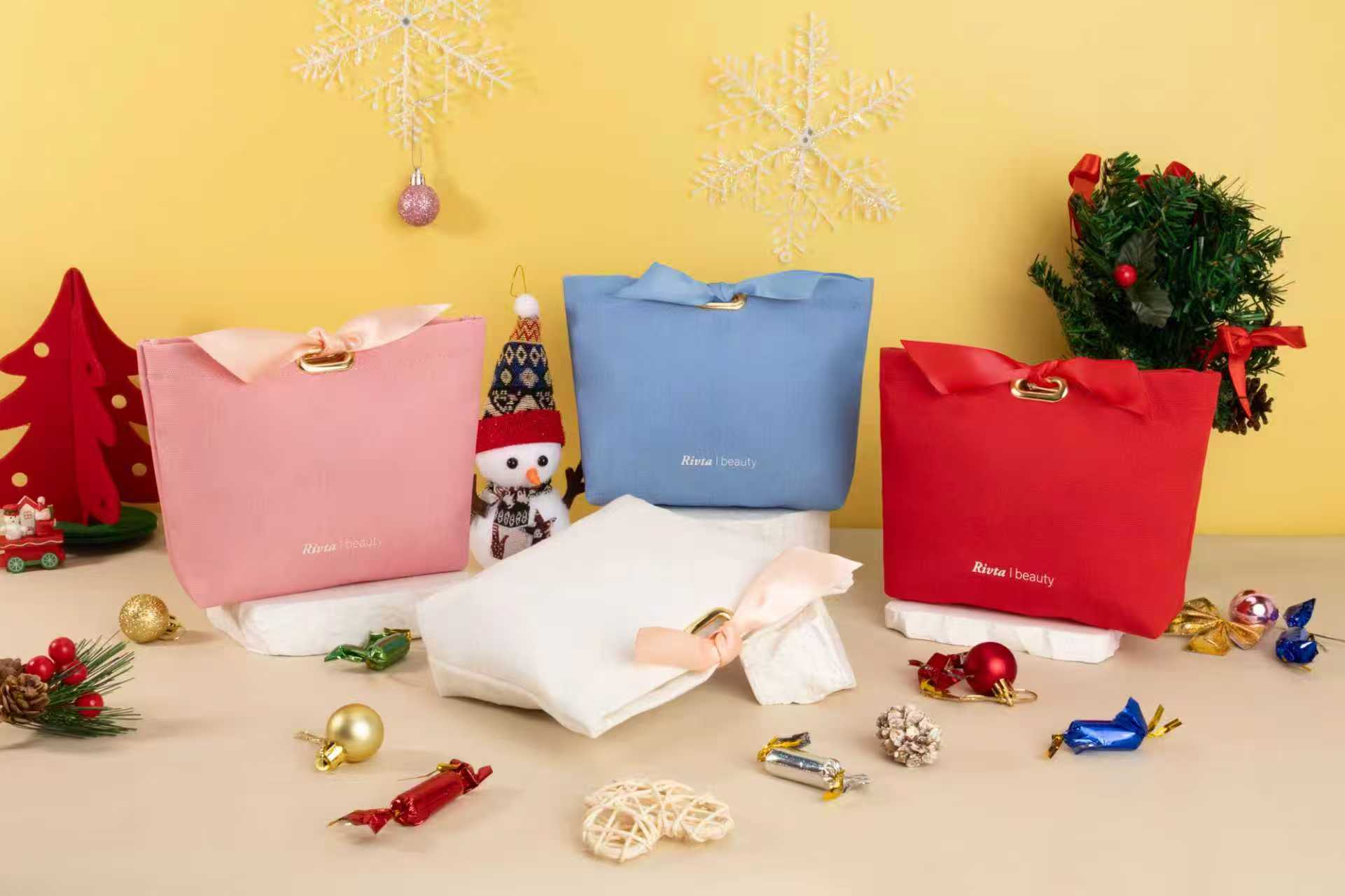What Is the Makeup Bag Manufacturing Process?
Ever wondered how a simple sketch becomes a real makeup bag? The factory process can seem like a complete mystery, making you feel disconnected from your product's creation.
The makeup bag manufacturing process is a multi-stage operation. It starts with design confirmation, then moves to material sourcing, pattern cutting, logo application, sewing, quality control, and finally, packing. Each step is carefully managed to ensure the final product meets brand standards.
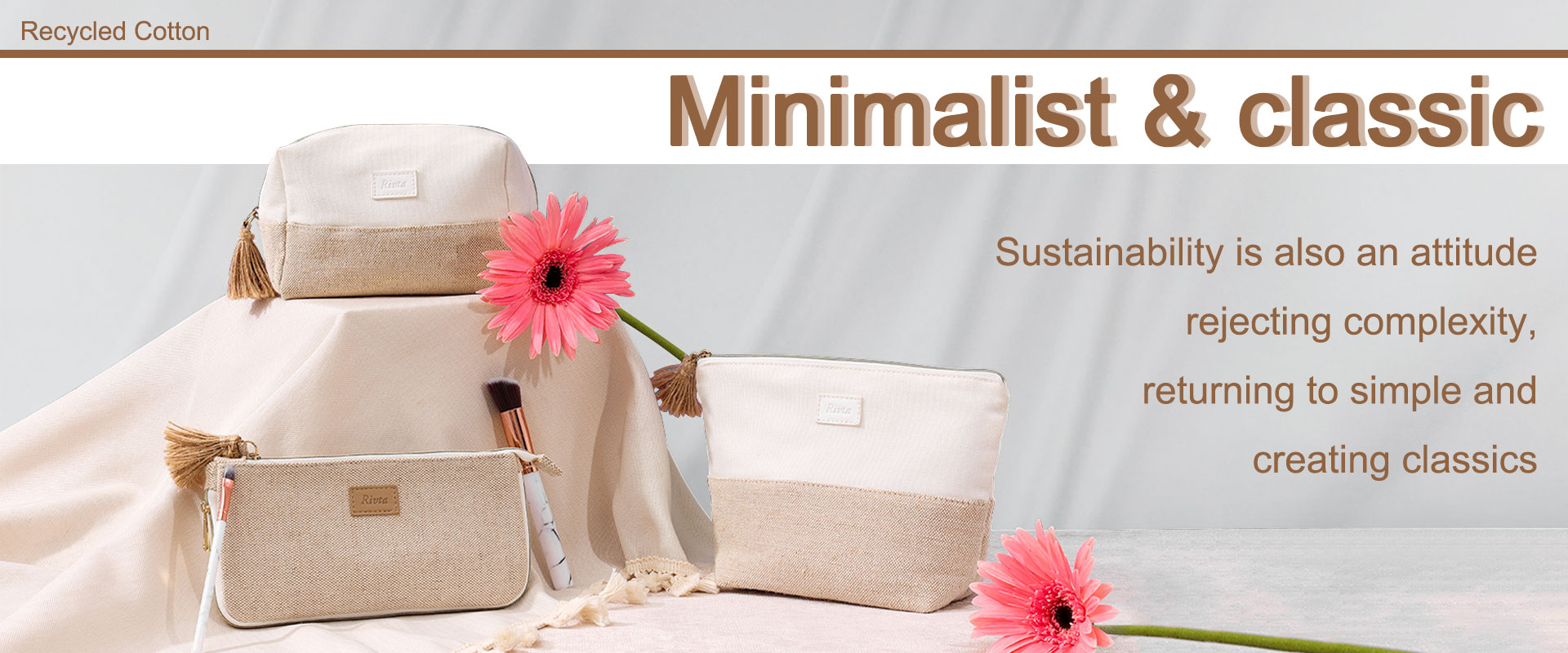
As someone who has run a bag factory since 1990, I’ve walked the production floor thousands of times. I've guided project managers like Phoebe through this process, showing them exactly how their vision comes to life. It's not magic; it’s a series of precise, skilled steps. Understanding this journey from raw material to finished product helps you ask the right questions and become a true partner in the creation of your bag. Let me give you a behind-the-scenes tour.
What is the main manufacturing process for makeup bags?
You have an approved design, but what happens next on the factory floor? It can feel like a black box, leaving you wondering about your project's progress and quality control.
The main manufacturing process follows a clear path: pattern making, fabric cutting, logo printing, sewing and assembly, final inspection, and packing. This production line ensures every bag is created consistently and to the highest quality standard before it ships out.
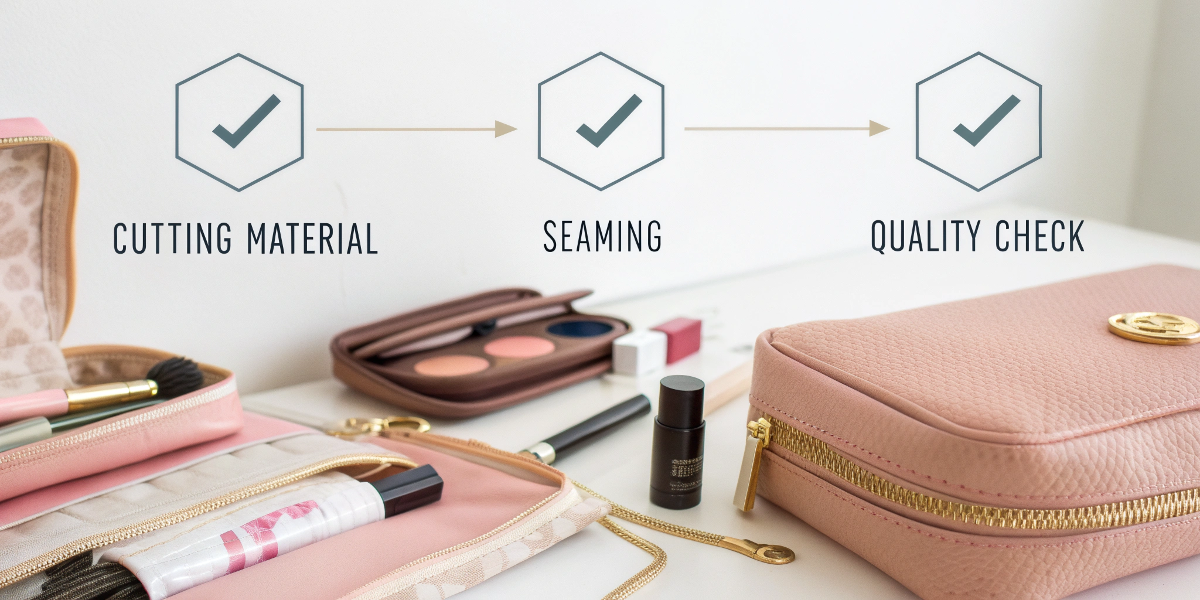
This process is like a well-rehearsed dance. Every team member in my factory knows their role and how it connects to the next step. For a project manager like Phoebe, who manages tight launch deadlines, this predictable workflow is essential. It allows her to plan her marketing and logistics with confidence, knowing that each stage of production is being handled by specialists. Let's break down exactly what happens at each station on the assembly line.
From Raw Fabric to Finished Product
The journey of a makeup bag is a systematic flow. We can divide it into three main phases: getting ready, building the bag, and finishing up.
| Stage | Key Activities | Why It's Important |
|---|---|---|
| 1. Pre-Production | We make cutting molds, source all materials, and get your final approval. | This stage ensures the final product will match the approved design. |
| 2. Production | We cut fabric panels, print logos, and sew the pieces together. | This is where the skilled work happens and the bag takes shape. |
| 3. Post-Production | We conduct a final quality check, clean, trim threads, and pack the bags. | This final step protects your brand by catching any defects. |
Each step is checked for quality along the way. We don't wait until the end to find problems. This ensures a smooth process and a high-quality product that you will be proud to put your brand name on.
What materials are makeup bags made of?
Choosing the right material for your bag is difficult. There are endless options, and the wrong choice can make your product feel cheap or fail to meet your brand’s values.
Makeup bags are made from a wide range of materials. These include natural fabrics like cotton canvas, durable synthetics like nylon and polyester, and popular eco-friendly options like recycled PET (RPET), vegan leather, and biodegradable TPU.
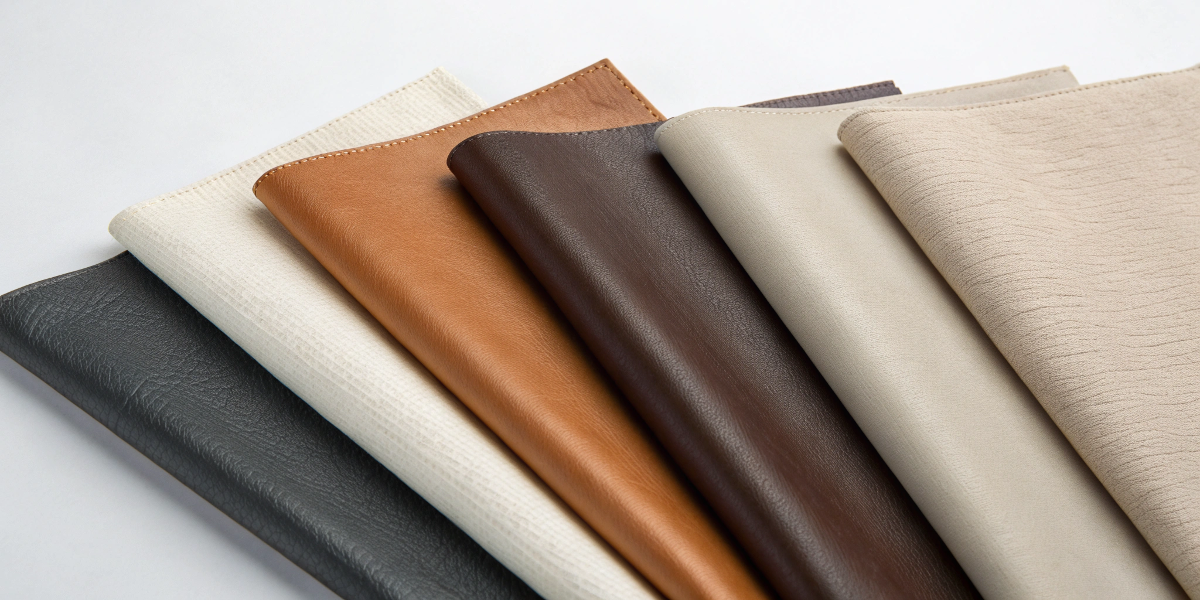
The material you choose tells a story about your brand. I've seen a huge shift in the industry, especially from experienced clients like Phoebe. Ten years ago, everyone wanted basic polyester. Today, our most common request is for GRS-certified recycled materials. It's a reflection of consumer demand for more sustainable products. At Rivta, we have embraced this, and helping brands find the right eco-friendly fabric is a core part of our mission.
Choosing the Right Fabric for Your Brand
The material affects the bag's look, feel, function, and price. Understanding the basic categories will help you make a smart choice that aligns with your brand's identity.
| Material Type | Examples | Pros | Cons |
|---|---|---|---|
| Natural | Cotton Canvas, Jute | Have a premium, natural feel and are biodegradable. | Can stain easily and are less water-resistant. |
| Synthetic | Nylon, Polyester, PVC | Very durable, easy to clean, and water-resistant. | They are petroleum-based and less sustainable. |
| Eco-Friendly | RPET, Vegan Leather, TPU | Meet consumer demand for sustainability. | Can sometimes have a higher initial cost. |
Your target customer should guide your decision. A luxury brand might choose a high-quality vegan leather, while a brand focused on young, eco-conscious consumers would be a perfect fit for a colorful bag made from RPET.
What can you use to structure a bag?
You want your makeup bag to have a specific shape, not just be a flimsy pouch. How do factories create that structure and ensure the bag holds its form?
To structure a bag, manufacturers insert materials between the outer fabric and the inner lining. Common choices include soft foam for padding, stiff PE boards for a rigid shape, or flexible EVA foam for semi-structured cases that protect the contents.
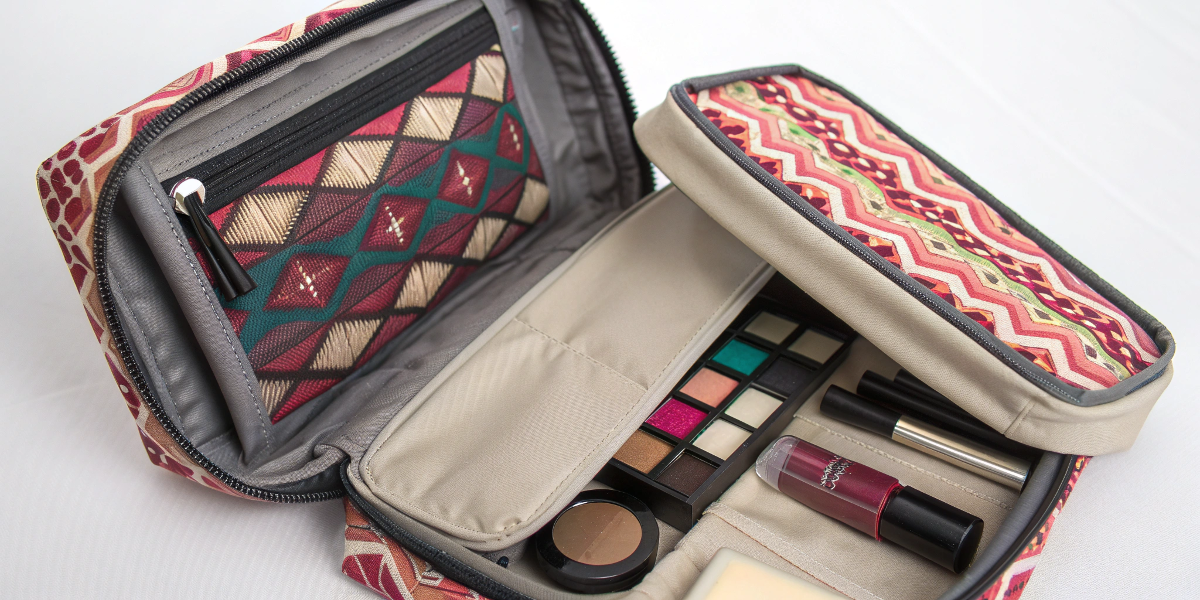
Structure is what elevates a simple bag into a premium-feeling product. It’s an invisible detail that makes a huge difference in quality and function. When we are developing a new design with a client, we often create several samples with different structuring materials inside. This lets them feel the difference. A structured train case for a makeup artist needs rigid PE boards, while a daily pouch might just need a thin layer of foam to feel a little more substantial.
Interlining: The Secret to Bag Structure
The material used inside the bag is called "interlining" or "interfacing." The right choice depends entirely on the bag's intended purpose and the desired final feel.
| Interlining Material | Best For | Key Characteristic |
|---|---|---|
| PE Board | Creating rigid, boxy shapes like train cases. | A hard, stiff plastic sheet. |
| Foam/Sponge | Padded pouches that protect contents. | Soft, lightweight, and adds a plush feel. |
| EVA Foam | Semi-rigid cases like essential oil bags. | A dense, flexible foam that holds its shape. |
| Cardboard | Low-cost, rigid structures for some inserts. | Inexpensive but not durable or waterproof. |
Always discuss the desired structure with your manufacturer. We can recommend the best and most cost-effective solution to achieve the exact shape and protective qualities your product needs.
What is the setup needed for manufacturing bags?
You may wonder what it takes to actually run a bag factory. What kind of space and equipment are needed to turn raw materials into thousands of finished products?
A professional bag manufacturing setup requires a large, well-organized factory space. It must have dedicated areas for material storage, cutting, sewing, and quality control. Essential equipment includes industrial sewing machines, cutting machines, printing equipment, and a skilled workforce of operators and technicians.
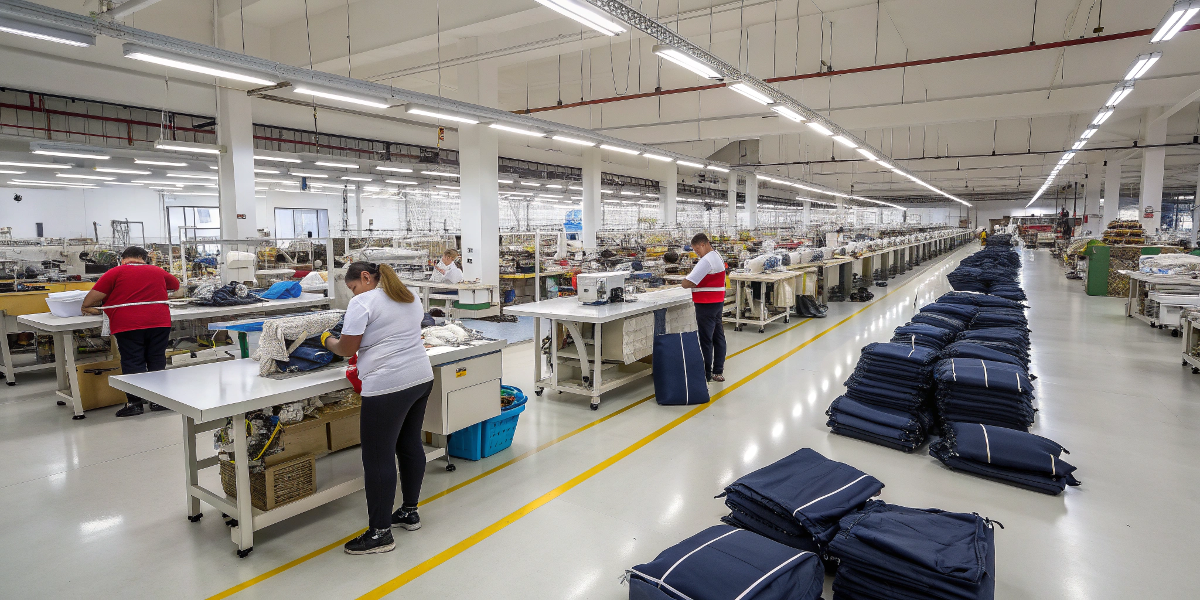
Setting up a factory is a huge investment in space, machinery, and people. My factory in Dongguan has grown and changed so much since 1990. We started with just a few sewing machines. Today, we have dedicated equipment for every step of the process. This investment in our facility and our team is what allows us to produce high-quality bags for demanding clients in Europe and the USA. It’s what makes us a reliable partner.
The Anatomy of a Bag Factory
A modern bag factory is designed for efficiency and safety. The layout is carefully planned to allow materials to flow smoothly from one stage to the next, minimizing delays.
- Material Warehouse: A clean, dry space to store fabric rolls, zippers, and other components. An organized system is crucial to find materials quickly.
- Cutting Department: This area has large tables and dedicated cutting machines. We use electric cutters or die-cutting molds to ensure every panel is exactly the same size.
- Sewing Floor: This is the largest area, filled with rows of industrial sewing machines. Different machines are used for different tasks, like flat seams, zippers, or binding.
- QC & Packing Area: A well-lit space where every single bag is inspected. After inspection, bags are cleaned, packed into polybags, and placed in cartons for shipping.
A factory that is clean, organized, and has modern equipment is a good sign that they are serious about quality.
Conclusion
The manufacturing process is a precise system of steps and skilled work. Understanding this journey from material to finished product helps you partner with your factory to create amazing bags.
